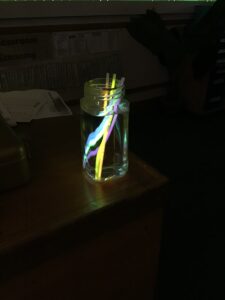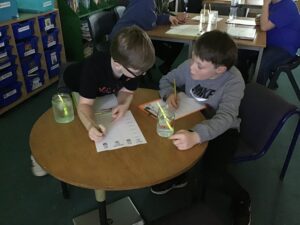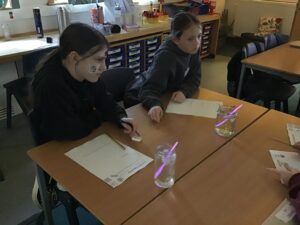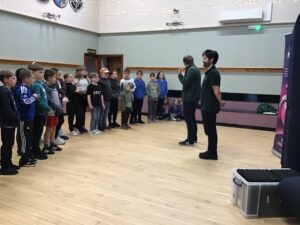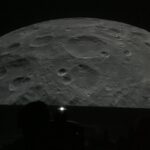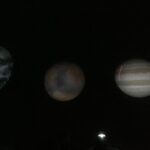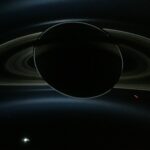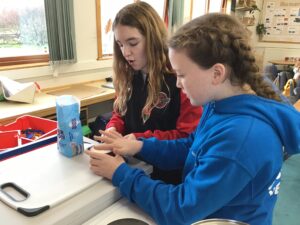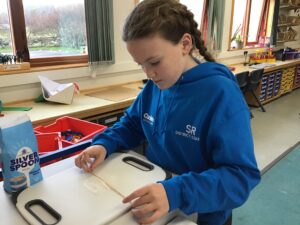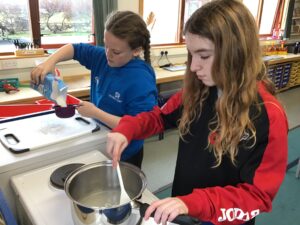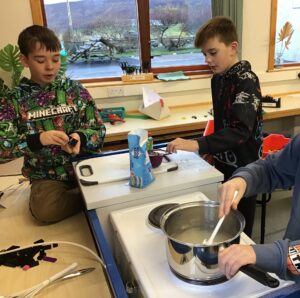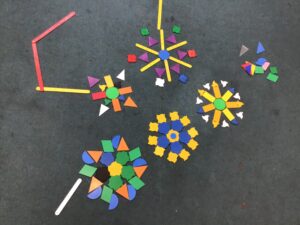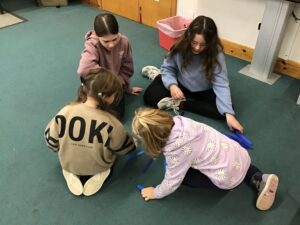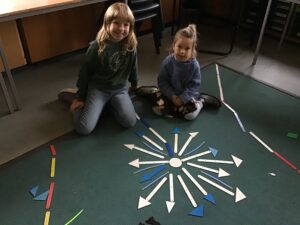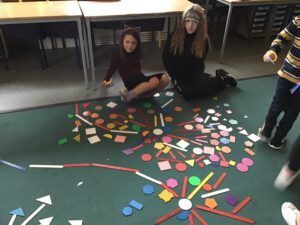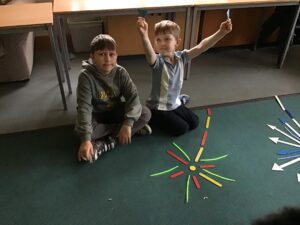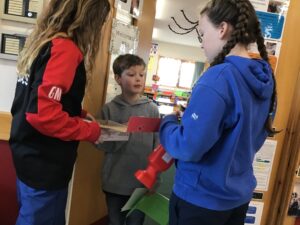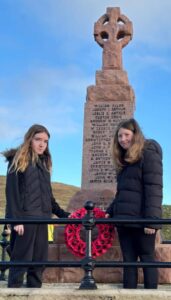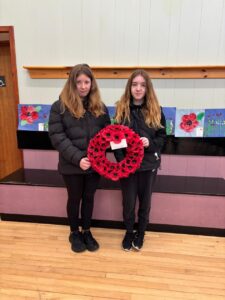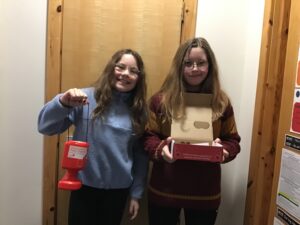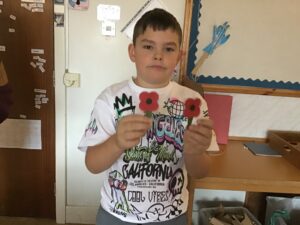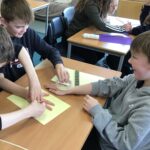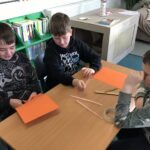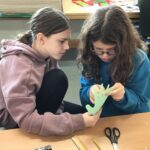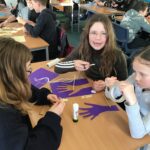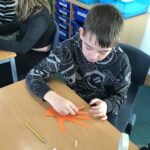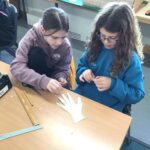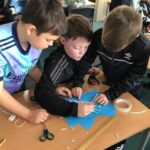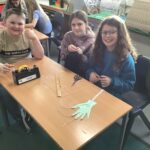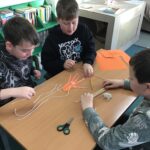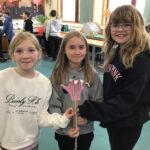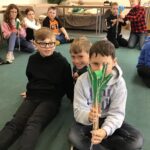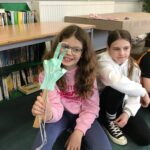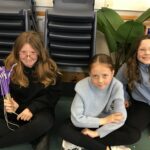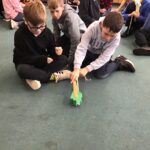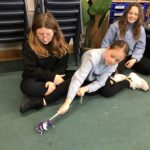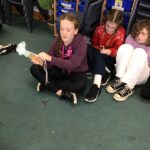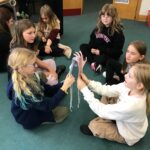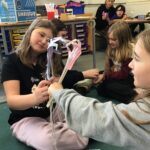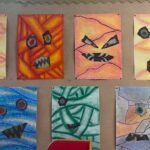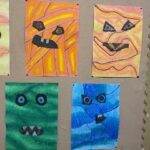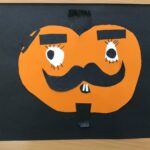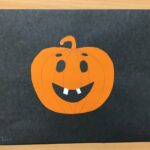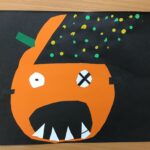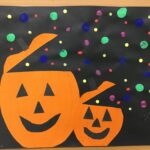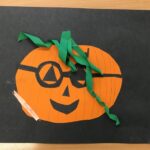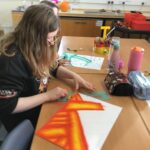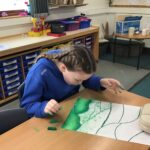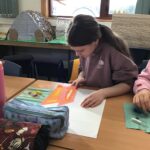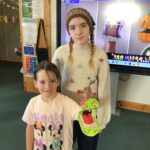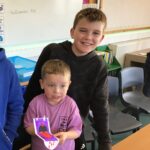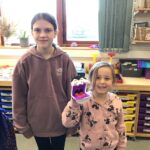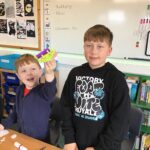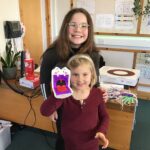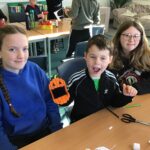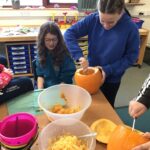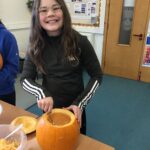By Mia
This term our topic is Fix It so we are doing lots of experiments with p5 and p6.
We talked about fireworks and chemical reactions. Chemical reactions is when two things mix together and react. There are clues a chemical reaction has happened. A colour change, temperature, bubbles (gas), a new smell and making a solid or a powder.
Chemical reactions and science happen in everyday life. We use activator which makes the slime into a solid and when we go to watch fireworks, they use fuel, oxidizer and metal salts which help the fire work to explode. More common ones you would do more often would be baking, when you bake the ingredients and absorb heat from your oven makes the ingredients solid and that’s how you get you cake or whatever you were making.
Another thing we learned was about chemiluminescence. We noticed that we also see chemiluminescence reactions in ever day life like: an exit sign that is above an exit door in nearly every building.
This week on Tuesday we did a glow stick experiment.
We learned about the chemical that is inside the glow sticks (hydrogen peroxide, phenyl oxalate and a fluorescent dye).
There is a little glass cylinder in the glowstick which holds one of the chemicals and around the cylinder there is another chemical mixed with the fluorescent dye.
The glass cylinder is what gives a glowstick the crack sound when you snap it.
We had to predict what would happen in our experiment. This is called making a hypothesis.
For the experiment e filled three glasses full of water: one cold, one room temperature and one hot.
Once we had filed the glasses full of water we cracked and shaked the glow sticks then we put one glowstick in each jar. Then every 5 minutes for the total of 30 minutes we would check and see if the glowsticks had changed.
We found out that the hot water made the glow stick really bright quickly but it faded the fastest. The room temperature water was as you would expect. The cold water glow stick was duller but lasted the longest.
Temperature affects the speed of chemical reactions. This is because the water molecules were moving around very fast so it glowed brightly instantly but the cold water the molecules were moving slowly so it slowed it down.
So we have had so much fun learning about chemiluminescence and watching the glowsticks.
